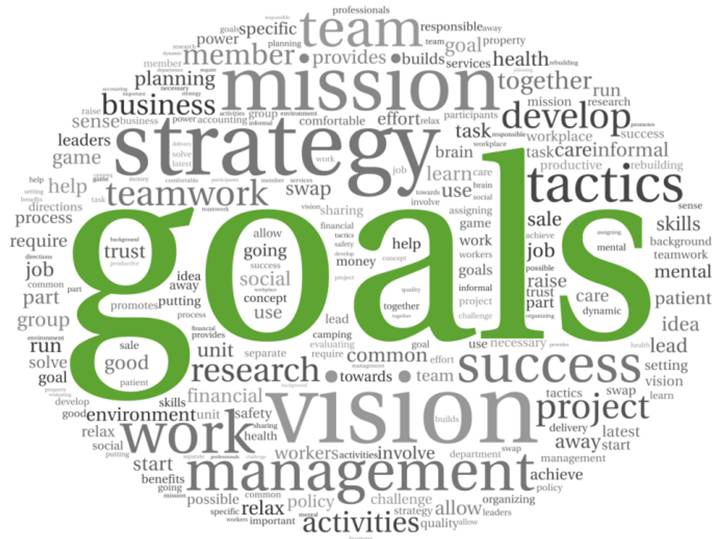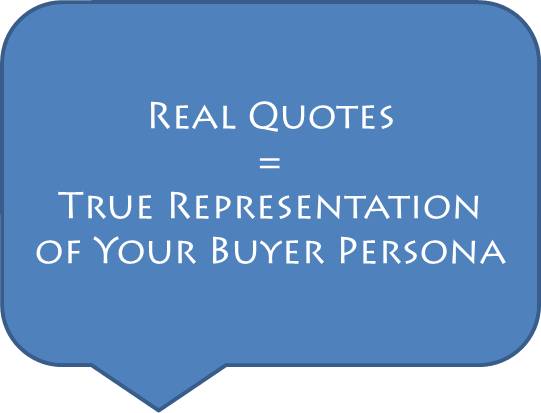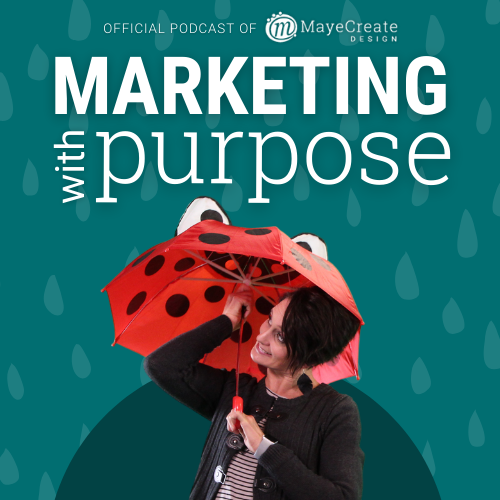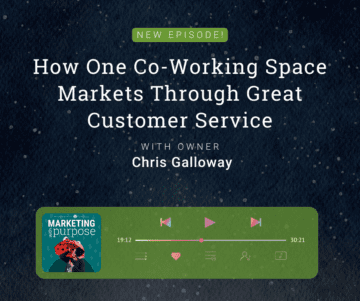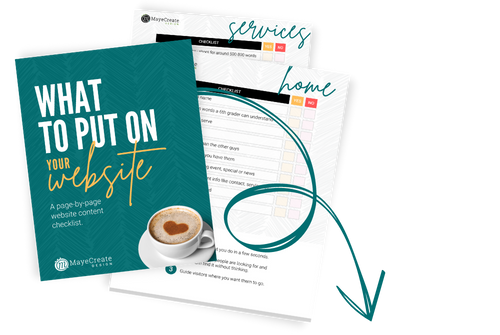Buyer Persona Breakdown: 10 Components to Understanding Your Audience
May 1, 2014
CONSUME CREATIVELY
This content is available in:
This content is available in:
TEXT
After you’ve gone through the planning steps for creating content with a purpose, it’s time to start thinking about your audience. Ask yourself Who am I trying to talk to?
Your answer to that question might be a little complex, and that’s OK. If you find yourself needing to talk to a lot of people, you probably have a few different buyer personas that you’re targeting through your content. This means you probably don’t want to talk to everyone the in same way.
What are buyer personas?
Buyer personas are fictional representations of your ideal customers. These representations are based on real data concerning customer demographics and online behavior, along with educated speculations about their personal histories, motivations and concerns.
When you have multiple buyer personas, tailoring your writing is the best way to get your message to resonate appropriately with your diverse audiences. One message can be written in three different ways so that it aligns with the interests and concerns of your dynamic buyers.
Thanks to the buyer persona template that HubSpot has made available, we’ve outlined the 10 components to create a buyer persona so you can get on track to understanding your audience in more detail.
10 Components to a Buyer Persona
1. Background
Gather background information on your customers. Figure out what role they play in their life or their company that makes your offers relevant to them. Write out:
- Basic details about their role
- Key information about their company
- Relevant background info (education or hobbies)
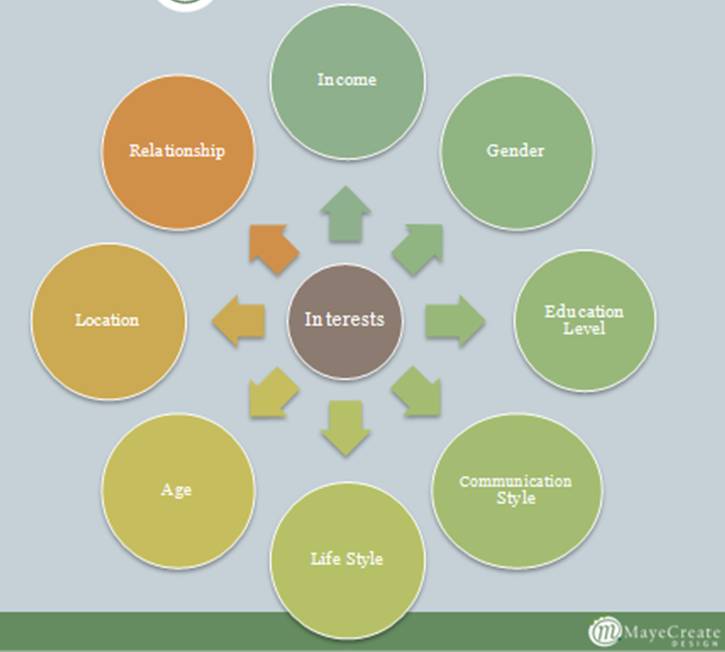
A person’s interests are impacted by many variables related to their background and personal demographics, which all translate to influencing the way they make their buying decisions.
2. Demographics
Gather basic information about you persona’s gender, age range, household income and location. You may also want to consider a spouse’s income if it’s relevant to how your persona makes purchasing decisions or influences how they value money. In terms of location, knowing if your persona lives in urban, suburban or rural areas can impact the way you speak to them.
3. Identifiers
Figure out what buzz words your audience is familiar with and try to uncover any misconceptions that they have about those words or their meanings. If you find there are words that they commonly use to mean one thing when they actually mean something else, help to correct those misconceptions through your writing. For example, when it comes to website terminology, many people call the linked pages names listed in a row at the top of the website “buttons”. If we identify this as a common misconception, we can then clarify that those links are buttons and more specifically the buttons are part of the website’s “navigation bar”. We can also explain that “buttons” are usually links as well and we often use them in calls to action throughout the website encouraging people to take action, clicking to visit another page or download an offering.
This component of understanding your audience also has to do with your word choices. If your audience doesn’t know what industry specific terms mean, you probably shouldn’t throw them around in your content without defining it each time. Using terms your audience may not understand or associate with an alternate meaning may make your audience feel you’re talking down to them. That’s never a good way to start building a relationship.
4. Goals
Strive to understand your persona’s primary and secondary goals so that you know how your product or service may help them achieve their goals. Are their goals personal or professional? Whatever their goals are, you need to have a good grasp on them in order for your company to give them the assistance they need. Are they working to climb the career ladder or potty train their 2 year old?
5. Challenges
Identifying your persona’s challenges is similar to identifying their goals. You want to understand the primary and secondary challenges they need to overcome in order to achieve success. In turn, you’ll be able to offer them customized solutions. For example:
- If one of your buyer personas is not a decision maker but must present your product or service to their boss for approval, how can you help the non-decision maker present the product to their boss in a way that would persuade them to buy?
- In some cases non-decision makers are leery of new products making their jobs seem obsolete; they don’t want the boss to think the product will make their job so much easier that they are given more work to do. How will the product help that individual? What are the benefits to them? The benefits in their eyes may be different than the decision makers perceived value of the product.
6. How We Help
This is the part of your buyer persona guide where you specifically outline exactly how you can solve your persona’s challenges and help them to achieve their goals as you outlined in the previous steps. Perhaps you will need to conduct interviews with your target audiences to learn about their goals and challenges in detail.
7. Real Quotes
After you’ve conducted some interviews, pull out some quotes that truly represent your persona. The quotes will help your employees relate to your audience and put them in the right mindset to understand your buyers’ point of view. You’ll be rewarded for taking the time to understand your audience when you see how well your messages resonate with them.
8. Common Objections
What is your buyer persona weary about? What objections will the raise during the sales process? Do they have a clear idea of what is going on in the industry? What have people already researched before coming to talk to you? If you find out that your buyer persona is concerned that the products or services you provide are really expensive, prepare your team to respond to these objections by explaining the long term benefits of the investment.
You don’t want to ignore your persona’s common objections; you want to listen to them so that you can find out what they value and then address the problems accordingly.
9. Marketing Messaging
One of the last components to think about when outlining your buyer persona is how your company can describe your solutions to your personas’ challenges. By establishing a uniform messaging technique for your buyer persona, every employee will know how to convey the message in the proper way.
10. Elevator Pitch
The final component is the elevator pitch. When pitching your solution to your buyer persona, a simple and consistent message will work the best. If your entire organization is prepared to convey the same message, you’ll avoid confusing your customers.
Once you’ve outlined every component, put all of the information together in a binder. Give your buyer persona a real name and even paste in a stock photo to put a face to the name. All of these little things combined will keep you on track to remembering the answer to the big question: Who are you talking to?
Who Manifested This Madness?

This fabulous human, that's who.
Monica Maye Pitts
Monica is the creative force and founder of MayeCreate. She has a Bachelor of Science in Agriculture with an emphasis in Economics, Education and Plant Science from the University of Missouri. Monica possesses a rare combination of design savvy and technological know-how. Her clients know this quite well. Her passion for making friends and helping businesses grow gives her the skills she needs to make sure that each client, or friend, gets the attention and service he or she deserves.

